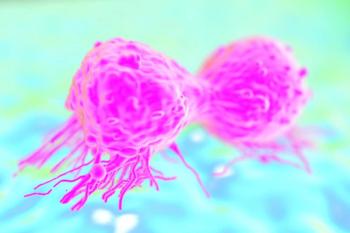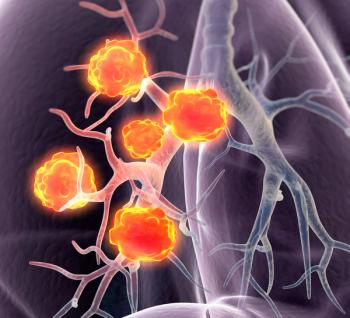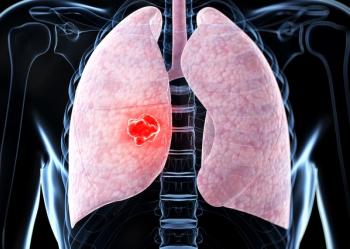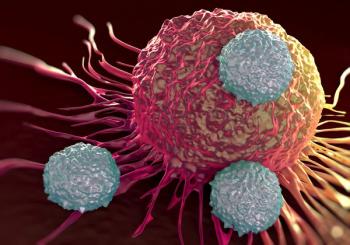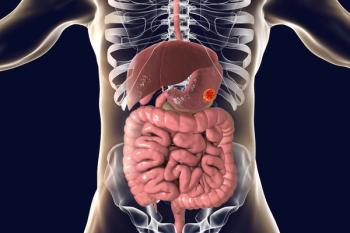
Updates on Chemotherapy-Induced Nausea and Vomiting Management
This slideshow reviews the latest clinical updates surrounding the management of treatment-associated nausea and vomiting, including recommendations, newly approved agents, and more.
Nausea and vomiting are known unwanted side effects associated with cancer treatment, including chemotherapy. In some cases, chemotherapy-induced nausea and vomiting (CINV) can be debilitating for patients, and prevention is key. These slides provide insight into CINV management, recent drug approvals in this area, and current treatment recommendations.
Newsletter
Stay up to date on recent advances in the multidisciplinary approach to cancer.


